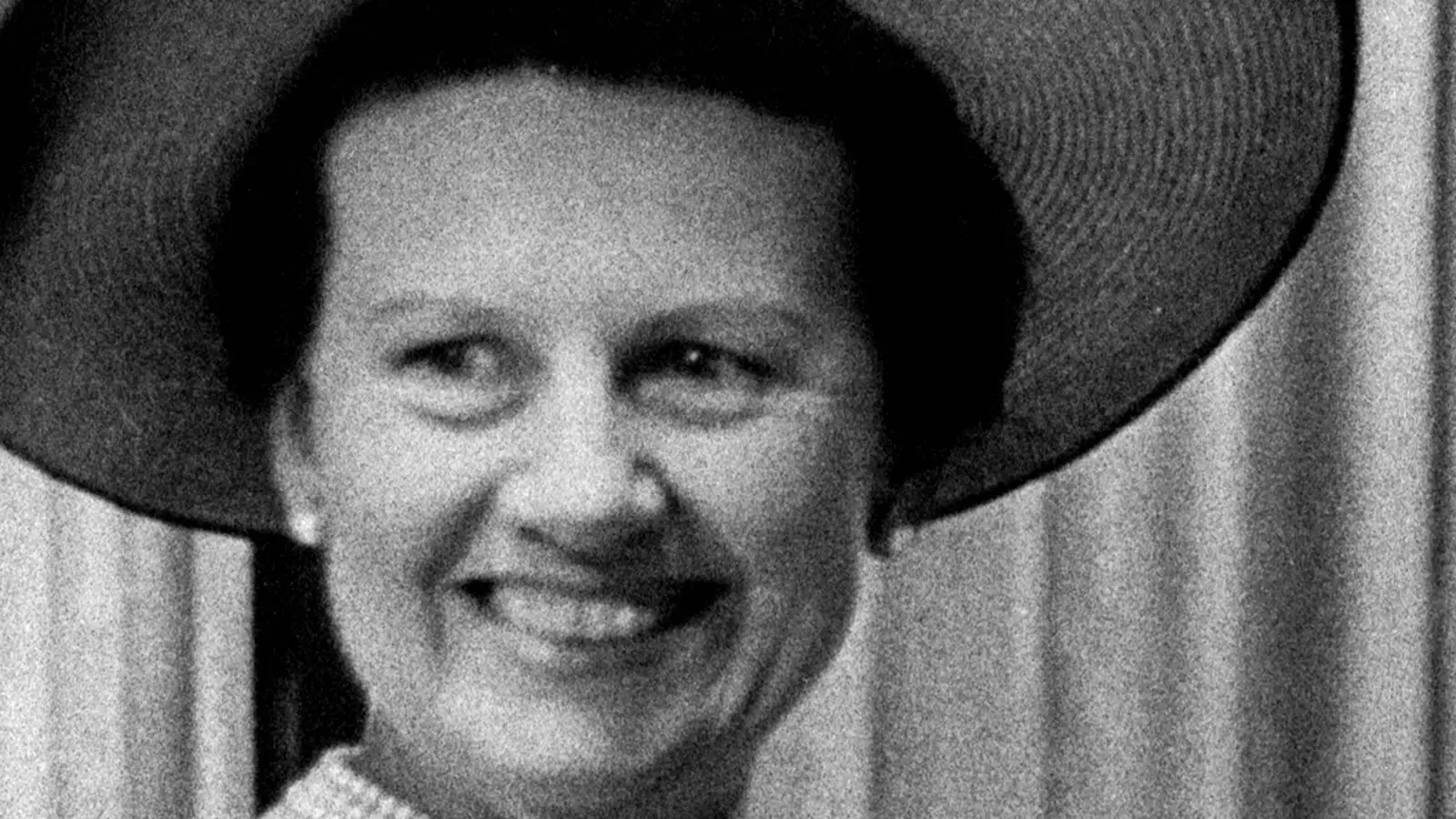The tragic story of Muriel McKay, a kidnapping victim whose body remains unfound, has sparked a heartbreaking struggle for her family. Despite the passage of decades since her tragic death in 1969, this family is still seeking justice and closure. The circumstances surrounding her disappearance raise several important issues, from the complexities of law enforcement’s responses to the psychological toll on the family navigating through unresolved grief.
Muriel McKay was abducted shortly before Christmas in 1969, mistakenly identified as the wife of media entrepreneur Rupert Murdoch. Her kidnapping was apparently fueled by a demand for a £1 million ransom. The case shocked the nation and ultimately led to the conviction of brothers Nizamodeen and Arthur Hosein, who were sentenced to life in prison without the recovery of Muriel’s body — a pioneering circumstance in British legal history.
The brothers’ lives turned, however, as Arthur Hosein passed away during his imprisonment, while Nizamodeen was released and subsequently deported to Trinidad. The family’s anguish was compounded by the unresolved nature of Muriel’s fate and raised unsettling questions about restorative justice when the victim’s body has never been recovered.
Presently, the family of Muriel McKay finds themselves in a complex legal and emotional predicament. They claim that the farm where Nizamodeen alleges he buried Muriel has lost significant market value due to the unresolved nature of her disappearance. Independent valuations suggest that the farm could be worth as much as 50% less than its true market potential, rendering it practically unsellable under current circumstances. This financial assessment highlights how unresolved criminal cases can have far-reaching consequences not only for victims’ families but also for property owners caught up in the quagmire of a historical crime.
Mark Dyer, Muriel’s grandson, has asserted the need for thorough excavation efforts that surpass the previous attempts conducted by police, which he criticized as inadequate. Lack of the necessary diligence can provoke frustrations among families seeking closure, leading to feelings of helplessness when appropriate measures aren’t taken.
In an extraordinary twist of fate, the family has pressed law enforcement to grant Nizamodeen Hosein an opportunity to guide them back to the alleged burial site. Their appeals have been met with skepticism from the police, who assert that previous searches have already canvassed locations suggested by Hosein. The police’s refusal to facilitate further searches raises critical questions: How does a family find resolution when the system appears unwilling or unable to pursue further inquiries?
In recent discussions, Muriel’s family has been attempting to propose practical solutions for a re-examination of the suspected burial site. They argue that narrowing down specific areas with the assistance of the convicted killer could yield crucial breakthroughs. In the face of this rejection from law enforcement, they maintain that continued dialogue is necessary in hopes that compassion will guide authorities in addressing the unresolved nature of their tragedy.
The emotional ramifications of Muriel McKay’s unresolved case extend far beyond financial valuations or police procedures. Her family’s ongoing quest for answers highlights the profound psychological strain of unresolved grief. The uncertainty surrounding Muriel’s fate weighs heavily on her loved ones, who live with the dual burden of loss and an unfulfilled longing for closure. Mark Dyer’s statement that “there are not many people in Britain today who have this problem” speaks to the isolation they feel in their ongoing fight for truth.
The complexities inherent in their situation — navigating the legal system, engaging with the perpetrator, and coping with the emotional burden of a loved one’s unresolved disappearance — symbolize the interplay of law, justice, and mental health. Families affected by violent crime deserve not only empathetic engagement from authorities but also a clear pathway towards resolution, both legally and emotionally.
The tragic saga of the McKay family serves as a poignant reminder of the intricacies involved in cases of unresolved crime and missing persons. It is essential to acknowledge the emotional toll on families and the apparent limitations within the current legal framework. Ultimately, the request for collaboration and compassionate approaches may prove essential in the powerful quest for closure that can facilitate healing for not just the McKay family, but for many others caught in similar predicaments.
As the police maintain that their investigations are complete, it raises an important call for improved and transparent procedures that consider the emotional complexities of victims’ families. Muriel McKay’s case exemplifies the urgent need for a justice system that seeks not only to punish but also to heal.


Leave a Reply